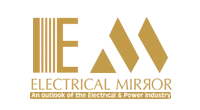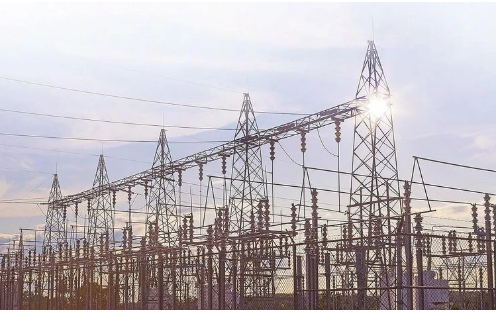The Union Power Ministry has proposed a significant overhaul of India’s electricity distribution sector by allowing multiple distribution companies (discoms) to operate in the same geographic area using existing network infrastructure.
This move is intended to open the sector to greater competition, improve efficiency, and ease financial stress on state-run utilities. Under the draft Electricity (Amendment) Bill 2025, the amendment would mandate non‑discriminatory open access to distribution networks, enabling different suppliers to share the same infrastructure without needing to build new parallel systems.
Presently, companies can operate in the same area only if they first construct their own distribution lines, a barrier that has constrained competition and led to duplicate infrastructure. A similar reform was tabled in 2022 but stalled due to opposition from state governments and power sector unions.
The ministry argues that a shared infrastructure model is already working successfully in intra‑ and inter‑state transmission systems (InSTS / ISTS) and can be extended to distribution to optimize resource use and cut costs.
At present, India has roughly 67 discoms, of which about 16 are privately operated across Delhi, Mumbai, Gujarat, Odisha, West Bengal, and UTs. Prominent private players like Tata Power, Adani, Torrent Power, and CESC are major stakeholders in these zones.
The reform comes against a backdrop of mounting financial distress: cumulative losses in the distribution sector are estimated to exceed ₹6.9 lakh crore.
The draft proposes a phased elimination of cross‑subsidies (where industrial consumers subsidize households and agriculture). Within five years of implementation, it aims to fully remove cross‑subsidies for industries, railways, and metros.
Additionally, the draft seeks to empower state electricity regulators to adjust tariffs suo motu (on their own) to ensure timelier tariff rationalization. The public consultation window is open: stakeholders have 30 days to submit feedback on the draft amendments.



